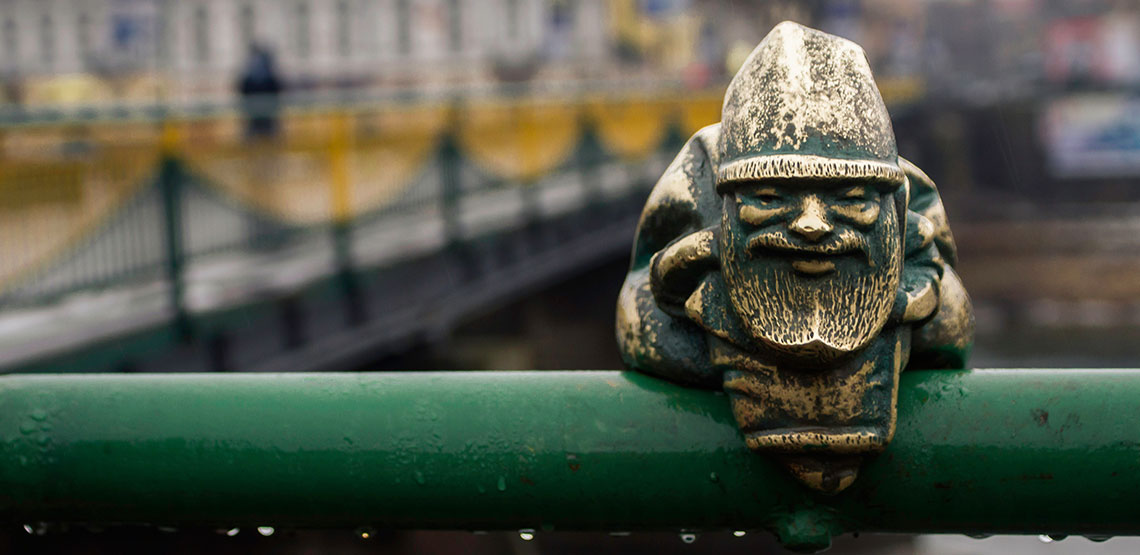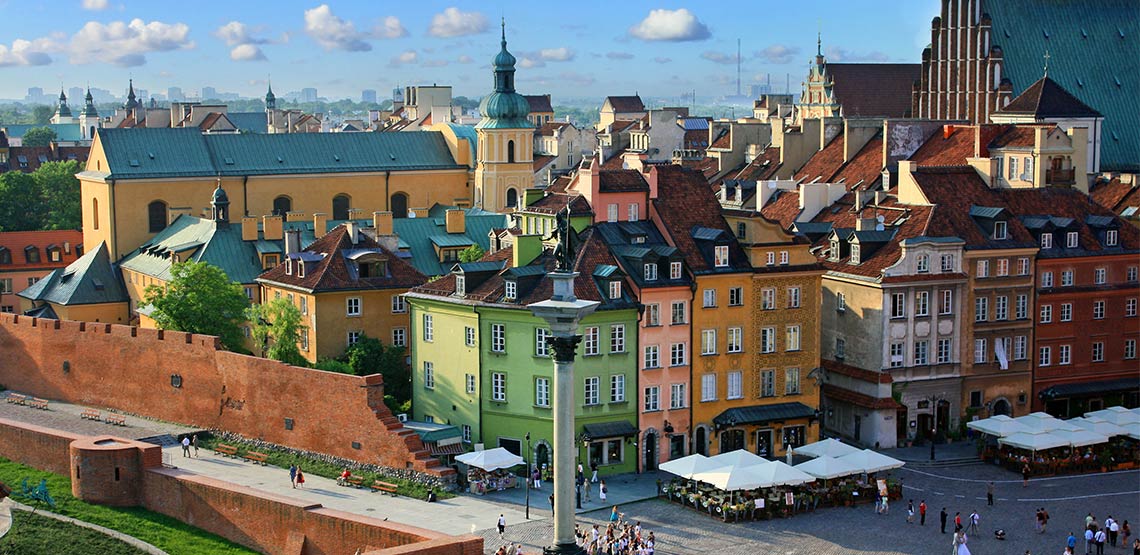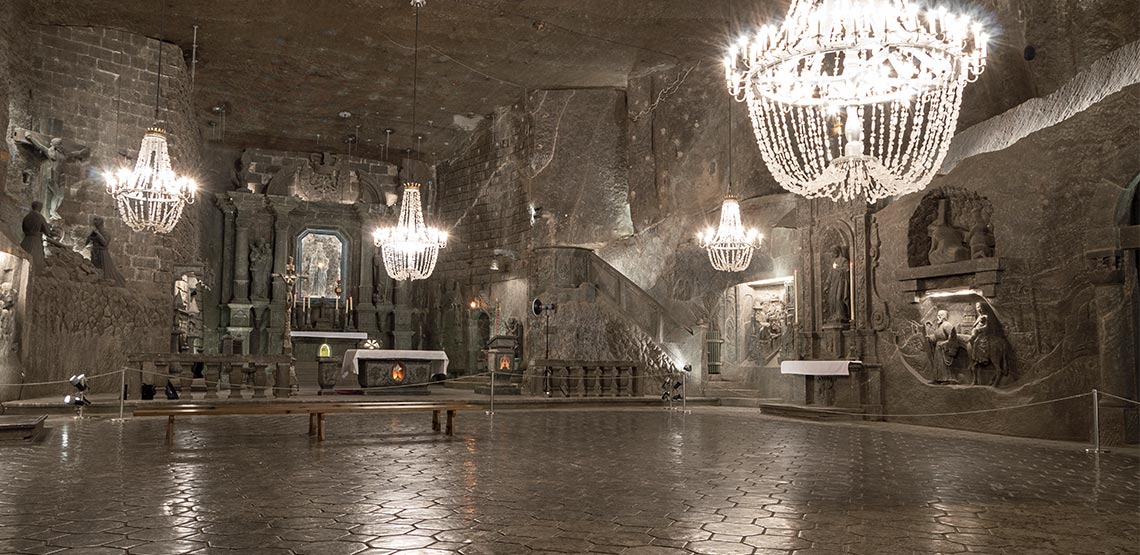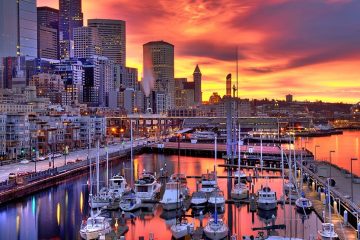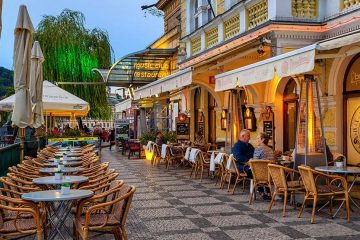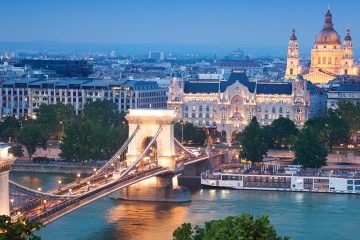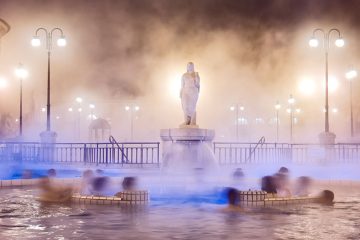10 Weird But Wonderful Things About Poland
Full of Quirks, These Are Just Some of the Reasons You’ll Fall in Love with Poland
There is a lot to love about Poland tourism. Quietly establishing a name for itself as one of the most delightful countries in Europe, Poland happily turns all of your expectations upside down.
For some reason, the Poland of most people’s imaginations seems to be a grey, cold place full of communist architecture and aloof Slavic people. Get there, though, and you will discover colorful towns, hot summers, delicious food and incredibly friendly Poles.
Nothing is quite what you thought it would be. And nothing is quite what it seems. Old Towns are actually new towns, statues come alive, and there are strange laws in play. The longer you spend in Poland, the more you start to realize that the country is downright peculiar.
In its own wonderful way, Poland is one of the quirkiest, most adorable countries around. Here are a few of the more unusual, endearing and eccentric things to discover in Poland.
1. Wroclaw Is Home to 300 Miniature Gnomes
Forget the cathedral, market square and the picturesque waterways: the most interesting thing to do in Wroclaw is play spot-the-gnome. In Wroclaw’s adorable city center the cheerful little chaps are everywhere; hunting for them provides hours of entertainment and endless photo opportunities for visitors.
First appearing in 2001, the gnomes are now spread all over the city, swinging from lampposts, hanging from doorways and perched on benches. They may seem silly, but the little legion of gnomes has a serious history.
The brass figurines commemorate the Orange Alternative, a Polish anti-communist movement who used gnomes as symbols of protest against attempts to censor public space.
2. In Krakow, There Is a Dragon That Breathes Fire
Because obviously no self-respecting medieval town would be complete without a dragon. Admittedly, the dragon itself isn’t real, but the jets of flame that spew from its jaws most definitely are. Modeled after the Wawel Dragon, an infamous character in Polish mythology who once terrorized the city, the great iron beast breathes fire at roughly five-minute intervals.
3. In Warsaw, Public Benches Serenade You With Chopin
Taking a break from sightseeing in Warsaw is an experience in itself. In loving memory of Polish born Fryderyk Chopin, there are 15 elegant black stone and cast iron benches scattered around Warsaw in places that were important in Chopin’s life. Each bench plays 30 seconds of Chopin at the push of a button.
If the musical benches pique your interest in the composer, you can learn more about Chopin’s life and his music by taking a photo of the special photo codes on each bench and sending it to the instructed number. Magical and hi-tech.
4. Wieliczka Salt Mine Is an Underground Gallery of Salt Sculptures
A functioning salt mine until 2007, Wieliczka Mine is now a cultural monument and major tourist attraction. The underground caverns have been transformed into a place of surreal beauty thanks to carvings made by generations of salt miners over hundreds of years.
Deep below the surface there is an entire cathedral, three chapels and many statues, all painstakingly formed from dark grey salt. Even the crystals on the spectacular chandeliers hanging from the ceilings are made from salt. Wandering through the vast halls is a completely unique, otherworldly experience.
5. You Can Be Fined for Crossing the Street on a Red Light
Unlike in many other countries where people cross the street completely at random, Poles demonstrate incredible patience at stoplights. You will notice them waiting obediently for the little green man to give the all clear before crossing the street, even if the only thing rolling down the road is tumbleweed.
This isn’t just about being incredibly patient though; in Poland you can actually be fined for crossing a street. Take your cues from locals and don’t even think about jay walking.
6. The Food is Confusing
Dumplings stuffed with blueberries, cold, blood-red soup, potato pancakes and pizzas doused in ketchup. Polish food is incredibly tasty, but it also has a unique flair that can be a little, well, surprising at first.
The best approach is to keep an open mind and taste as many different pierogis (Polish dumplings) as you can. You won’t regret it.
7. Crooked Everything — and an Upside Down House
Crookedness seems to be something of a theme in Poland. From the bizarrely inexplicable Crooked Forest, to the mind-bending Crooked House in Sopot, Poland seems to enjoy twisting reality. Then of course, there is the Upside Down House in Szymbark.
This peculiar building apparently took a lot longer than normal to construct, because the builders had to take frequent breaks and remind themselves which way was up. If you have ever wondered what Wonderland is like, Poland is definitely the place for you.
Travel is enlivening, so it's no surprise that it can do wonders for your love life. These romantic destinations in the US are perfect for doing just that.
8. The Statues Are Funny
Polish people love statues. They’re everywhere, from the iconic mermaid in Warsaw to the statement making Sculpture of Anonymous Passerby in Wroclaw. But mixed up with all of the artistic creations are some just plain strange statues — for example, the boy with a blatant erection in Gdansk.
Or the dead pig in the Vistula River in Krakow. Or the world’s largest Jesus statue. Yes, that can be found in Poland. And let’s not forget the bright green statue of Lenin peeing, complete with waterworks, that popped up in Nowa Huta as part of Krakow’s 6th Grolsch ArtBoom Festival. You have to give them points for creativity.
9. Vodka
Polish vodka will make you forget everything you thought you knew about vodka. And, quite possibly, your own name. Vodka might not really qualify as an oddity, but no list about Poland would be complete without an honorary mention of their national drink.
Vodka is Poland isn’t just the clear, hangover-inducing student beverage that is called by the same name in other parts of the world. It comes in a range of flavors (and colors) that are so good they can be imbibed straight.
10. Warsaw Was Completely Rebuilt After World War II
Despite the fact there are technically no historical buildings in the Old Town now, Warsaw’s historical centre is a UNESCO World Heritage Site. In a true testament to the strength and spirit of the Polish people, Warsaw’s Old Town was completely reconstructed in the wake of the war that destroyed 90% of Warsaw and claimed one fifth of the Polish population.
The reconstruction encompassed the Royal Castle, Old Town Market, city walls and townhouses, recreated as accurately as possible from the paintings of 18th Century Italian artist Bernardo Bellotto.

